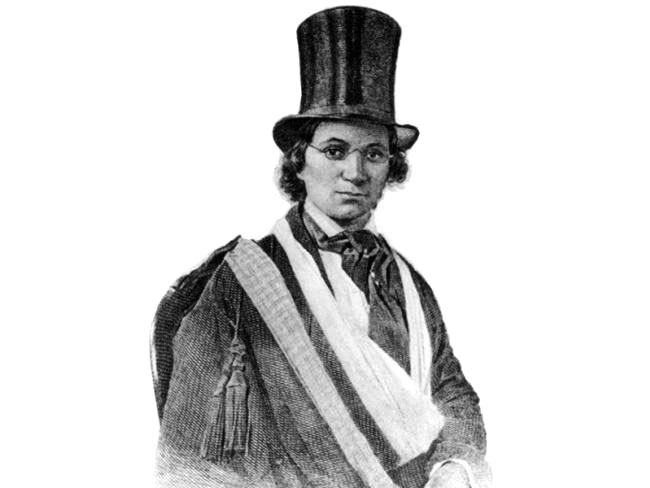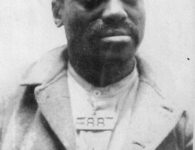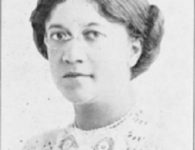By Lestey Gist, The Gist of Freedom
“Ellen having cut off her hair and “wearing green spectacles disguised herself as a white young man, and her husband as her servant.”
Not every self-emancipated Black waited on Harriet “Moses” Tubman!
The article accompanying this illustration describes how Ellen and William Craft, self-emancipated blacks, were reared in Georgia, living near one another but enslaved to different slavers. “William is a black man, but his wife Ellen is nearly white.” They were married, and in 1848 they escaped with Ellen having cut off her hair and “wearing green spectacles disguised herself as a white young man, and her husband as her servant.”
This plan worked and they settled in Boston where they became famous because of their remarkable and romantic escape. Their story briefly generated a sizeable income.
Later, they settled outside of Savannah, Georgia where they opened the Woodville Co-operative Farm School in 1873 to teach and employ newly freed slaves.
Later, they settled outside of Savannah, Georgia where they opened the Woodville Co-operative Farm School in 1873 to teach and employ newly emancipated Blacks.
With their new wealth, the Crafts started a successful furniture business. Ellen and William participated in antislavery lectures with fugitive slave William Wells Brown.
In 1850, Congress passed the Fugitive Slave Act as part of the Compromise of 1850. Consequently, two slave catchers, Willis Hughes and John Knight, traveled north to capture the Crafts. The town of Boston sheltered the couple and kept them away from the bounty hunters, but the Crafts no longer felt safe anywhere in the United States and moved to England in 1851.
The Crafts settled in West London where they became public figures in the British abolitionist movement. They published their story of escape in 1860 called Running a Thousand Miles for Freedom and lectured in England and Scotland. In addition to their abolition work they also raised five children, taught school and ran a boardinghouse. William also set up commercial and mercantile agreements in West Africa.
After nineteen years in England, the Crafts returned to the United States in 1870. They settled outside of Savannah, Georgia where they opened the Woodville Co-operative Farm School in 1873 to teach and employ newly freed slaves.
Sources:
William and Ellen Craft, Running a Thousand Miles for Freedom; or, The Escape of William and Ellen Craft from Slavery [originally published in 1860] Miami, Florida: Mnemosyne Pub. Company, 1969); Georgia Douglas Camp Johnson, William and Ellen Craft (Alexandria, Va.: Alexander Street Press, 2002);





















3 Comments
Hello i am kavin, its my first time to commenting anywhere, when i read this piece
of writing i thought i could also make comment due to this good piece of writing.
What Is Cephalexin Used To Treat [url=http://drisdol.com]buy cialis[/url] Onlinepharmacy24 Does Amoxicillin Help Inected Bud Bites
Hey there would you mind letting me know which web host you’re working
with? I’ve loaded your blog in 3 completely different web browsers and I
must say this blog loads a lot faster then most.
Can you recommend a good internet hosting provider at a reasonable price?
Many thanks, I appreciate it!